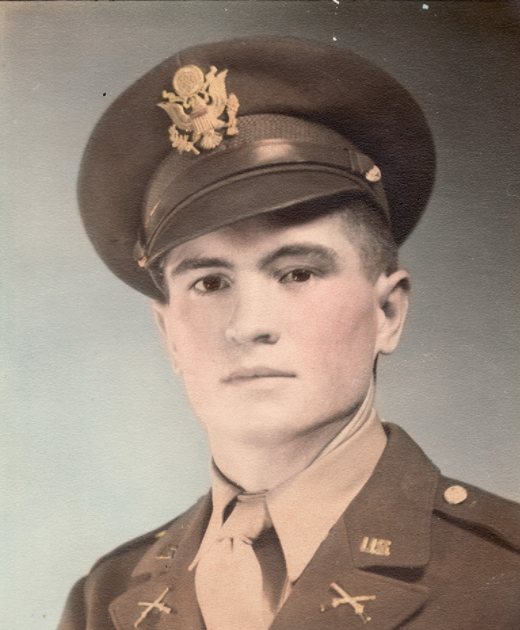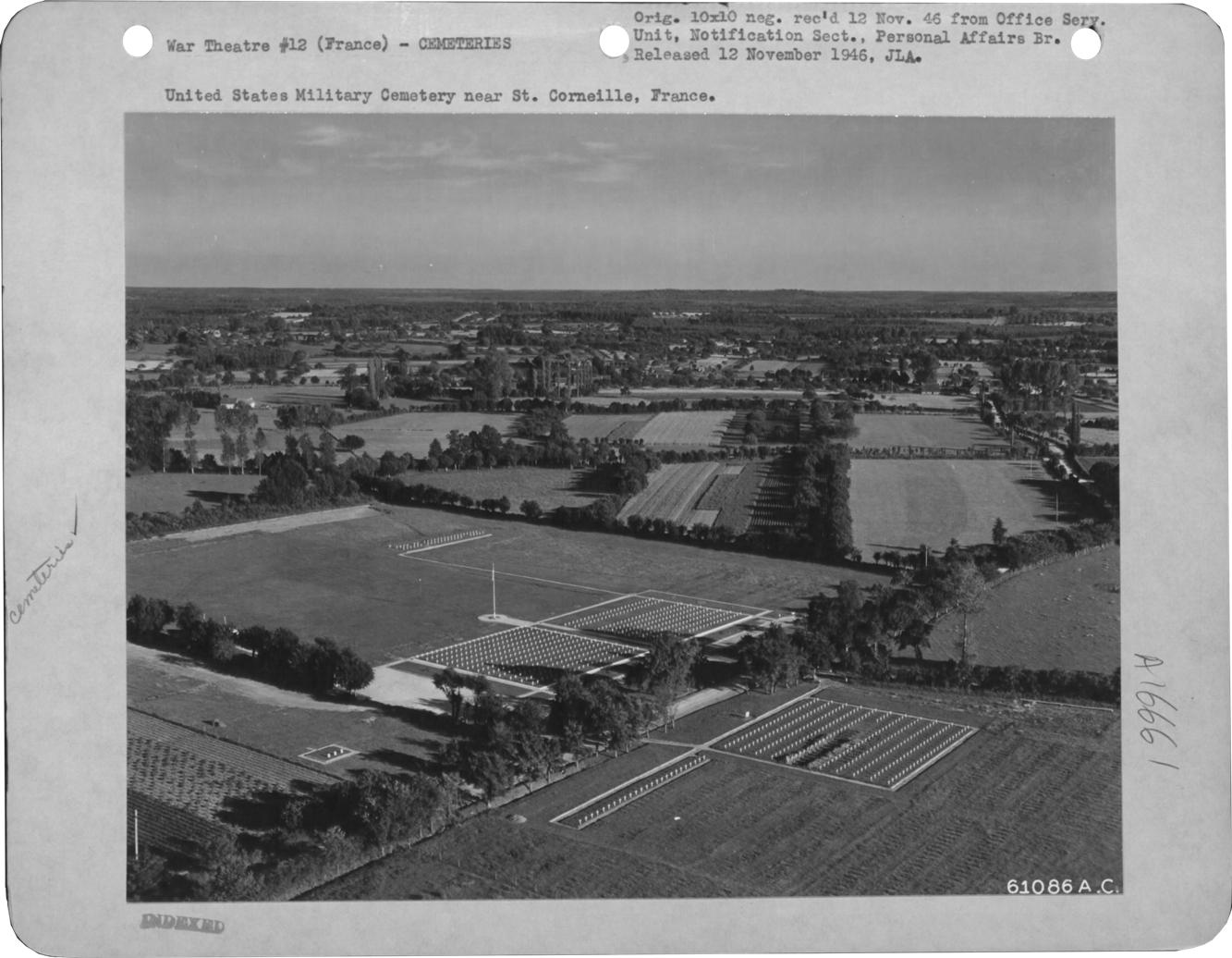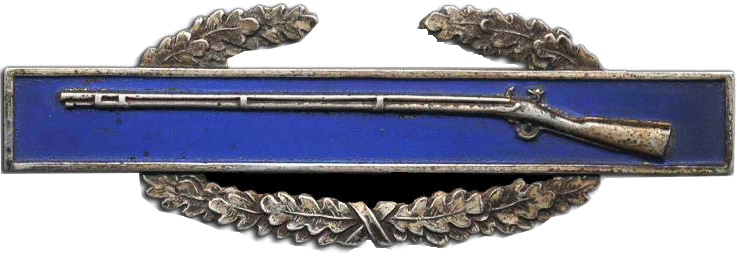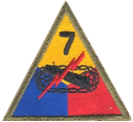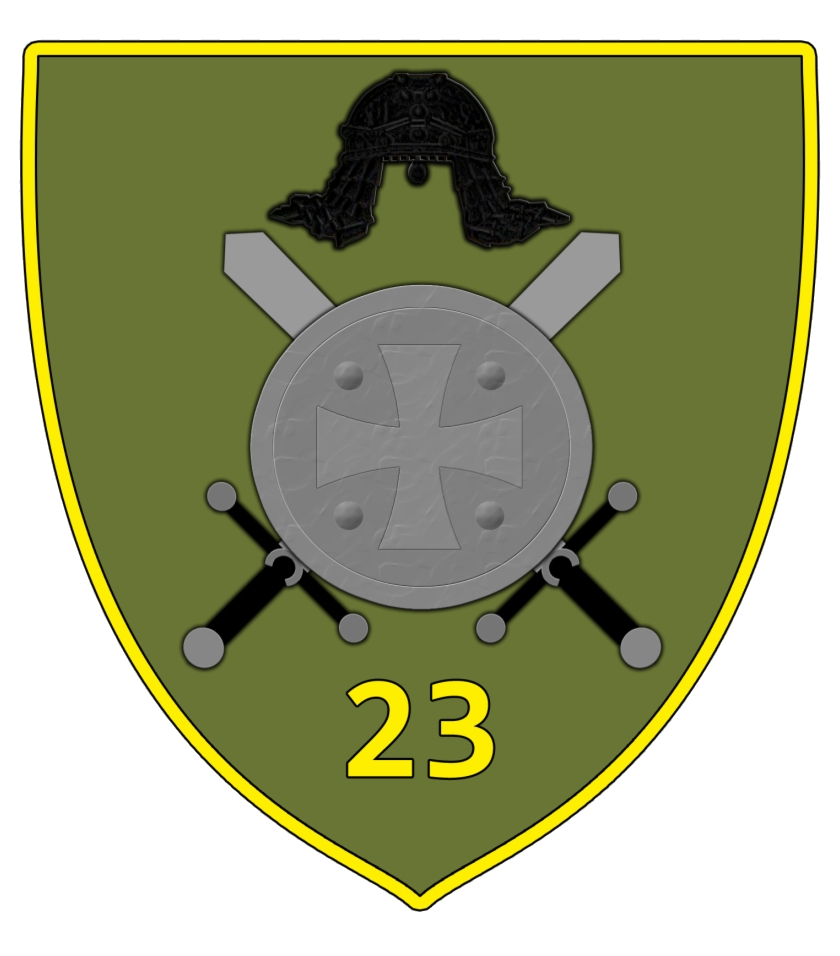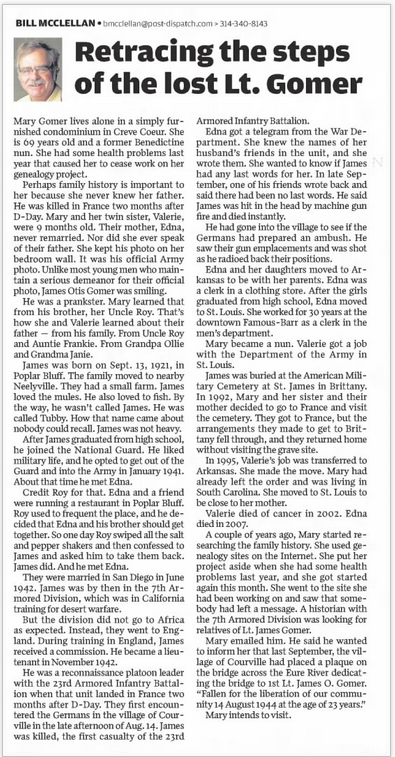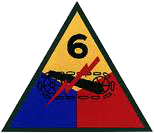|
James Otis GOMER
“Tubby”
| ||||||||||||||||||||||||
|---|---|---|---|---|---|---|---|---|---|---|---|---|---|---|---|---|---|---|---|---|---|---|---|---|
|
Source : Kati Wylie Ray
| ||||||||||||||||||||||||
| NUMERO DE SERVICE | O-1300020 (20731929) | |||||||||||||||||||||||
| AGE | 22 ans | |||||||||||||||||||||||
| DATE DE NAISSANCE | 13 septembre 1921 Poplar Bluff, Butler County, MISSOURI | |||||||||||||||||||||||
| ÉTAT D’ENRÔLEMENT | MISSOURI | |||||||||||||||||||||||
| FAMILLE |
Epouse : Edna Allensworth Enfant : Valerie Ann & Mary Sue Parents : Ollie Biggs & Janie Malvina Lance Arnold GOMER Frères : Ollie B & Roy D | |||||||||||||||||||||||
| GRADE | First Lieutenant | |||||||||||||||||||||||
| FONCTION | ||||||||||||||||||||||||
| PROFESSION AVANT INCORPORATION | Fermier |  | ||||||||||||||||||||||
| DATE D'INCORPORATION | 23 décembre 1940 Doniphan MISSOURI | |||||||||||||||||||||||
| COMPANY | Company | |||||||||||||||||||||||
| BATTALION | Battalion | |||||||||||||||||||||||
| REGIMENT | 23rd Infantry Battalion | |||||||||||||||||||||||
| DIVISION | 7th Armored Division | |||||||||||||||||||||||
| DATE DU DECES | 14 aout 1944 |
Source : F Lavernhe | ||||||||||||||||||||||
| STATUT | KIA | |||||||||||||||||||||||
| LIEU DU DECES | Courville sur Eure | |||||||||||||||||||||||
| CIMETIERE PROVISOIRE |
CIMETIERE PROVISOIRE de Saint Corneille N°3576
| |||||||||||||||||||||||
| CIMETIERE | BRITTANY AMERICAN CEMETERY de St James (Montjoie St Martin) | |||||||||||||||||||||||
| TOMBE |
| |||||||||||||||||||||||
| DECORATION |
| |||||||||||||||||||||||
| ||||||||||||||||||||||||
| HISTOIRE | ||||||||||||||||||||||||
|
Source : Autumn
| ||||||||||||||||||||||||
Activated/Activé |
Normandy/Normandie |
| 1 Mar 1942 | Days of Combat/Jour de Combat 172 |
| Casualties/Victimes 5 799 | |
Entered Combat/Entré au combat |
|
| 14 Aug 1944 at Northern France | |
|
Commanding Generals/Commandants généraux Maj. Gen. Lindsay McD. Silvester (Mar 42 - Nov 44) |
Campaigns/CampagnesNorthern France (25 Jul 44 - 14 Sep 44) |
PLAN DE ROUTE DE LA CAMPAGNE - CAMPAIGN ROUTE MAP |
|
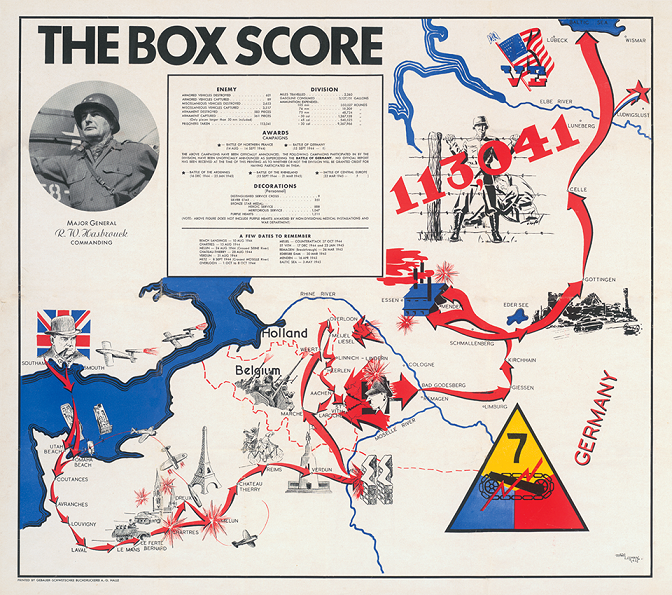 |
|
DIVISION CHRONICLEThe Division landed on Omaha and Utah Beaches, 13-14 August 1944, and drove through Nogent-le-Rotrou in an attack on Chartres. The city fell on 18 August. From Chartres the Division advanced to capture Dreux, Melun, and Chateau-Thierry, crossed the Seine River, 24 August, and pushed on to take Verdun, 31 August. The 7th halted briefly for refueling and then drove on toward the Moselle near Dornot. The Division was repulsed in its attacks across the Seille River. The 7th then shifted to Holland, where on 8 October it joined in defensive operations protecting the British-Canadian drive to clear the northern and western approaches to Antwerp. After resting during November, the Division returned to the front near Linnich, Germany, on the banks of the Roer. It was preparing to drive into Germany when the Von Rundstedt winter offensive began on 16 December 1944. The Division was ordered to St. Vith where it absorbed much of the weight of the German drive and was forced to withdraw west of the Salm River, 23 December. It shifted to Manhay, Belgium, and by the end of December had cleared the town of the enemy. After a brief rest in January 1945, the Division returned to positions near St. Vith, attacked, and captured the town. February and part of March were spent in rest and rehabilitation. In March 1945 the Division held defensive positions along the west bank of the Rhine, south of Bonn to Unkelbach. The 7th returned to the offensive on 26 March, breaking out of the Remagen bridgehead, and took part in the reduction of the Ruhr Pocket. On 16 April the 53d German Panzer Corps surrendered to the Division and the eastern sector of the pocket collapsed. The Division then cut across the Elbe and swept north into Mecklenburg, effecting a junction with the Russians as the war in Europe ended. |
CHRONIQUE DE DIVISIONLa Division débarqua sur les plages d'Omaha et d'Utah, du 13 au 14 août 1944, et traversa Nogent-le-Rotrou lors d'une attaque sur Chartres. La ville est tombée le 18 août. De Chartres, la Division s'avança pour capturer Dreux, Melun et Château-Thierry, traversa la Seine, le 24 août, et poussa pour prendre Verdun, le 31 août. Le 7 s'arrête brièvement pour faire le plein puis se dirige vers la Moselle près de Dornot. La Division a été repoussée lors de ses attaques sur la Seille. Le 7 se déplaça alors en Hollande, où le 8 octobre il se joignit à des opérations défensives protégeant la campagne anglo-canadienne pour dégager les approches nord et ouest d'Anvers. Après s'être reposée en novembre, la Division est retournée au front près de Linnich, en Allemagne, sur les rives de la Roer. Elle se préparait à pénétrer en Allemagne lorsque l'offensive hivernale de Von Rundstedt débuta le 16 décembre 1944. La Division reçut l'ordre de Saint-Vith où elle absorba une grande partie du poids de l'entraînement allemand et fut forcée de se retirer à l'ouest de la rivière Salm23. Décembre. Il s'est déplacé à Manhay, en Belgique, et à la fin de décembre avait débarrassé la ville de l'ennemi. Après un bref repos en janvier 1945, la Division retourna aux positions près de Saint-Vith, attaqua et s'empara de la ville. Février et une partie de mars ont été consacrés au repos et à la rééducation. En mars 1945, la Division occupa des positions défensives le long de la rive ouest du Rhin, au sud de Bonn jusqu'à Unkelbach. Le 7 revint à l'offensive le 26 mars, sortant de la tête de pont de Remagen et participa à la réduction de la poche de la Ruhr. Le 16 avril, le 53e Panzer Corps allemand se rendit à la division et le secteur est de la poche s'effondra. La Division a ensuite traversé l'Elbe et a balayé le nord dans le Mecklembourg, effectuant une jonction avec les Russes à la fin de la guerre en Europe. |
| SOURCE INFORMATION & PHOTO | Armydivs.squarespace.com |
|---|
| SOURCE INFORMATION & SOURCE PHOTO | Abmc.gov - Findagrave.com - Aad.archives.gov - Fold3.com - Courville-sur-eure.fr |
|---|---|
| PROGRAMMEURS | Henri, Garrett, Clive, Frédéric & Renaud |




















